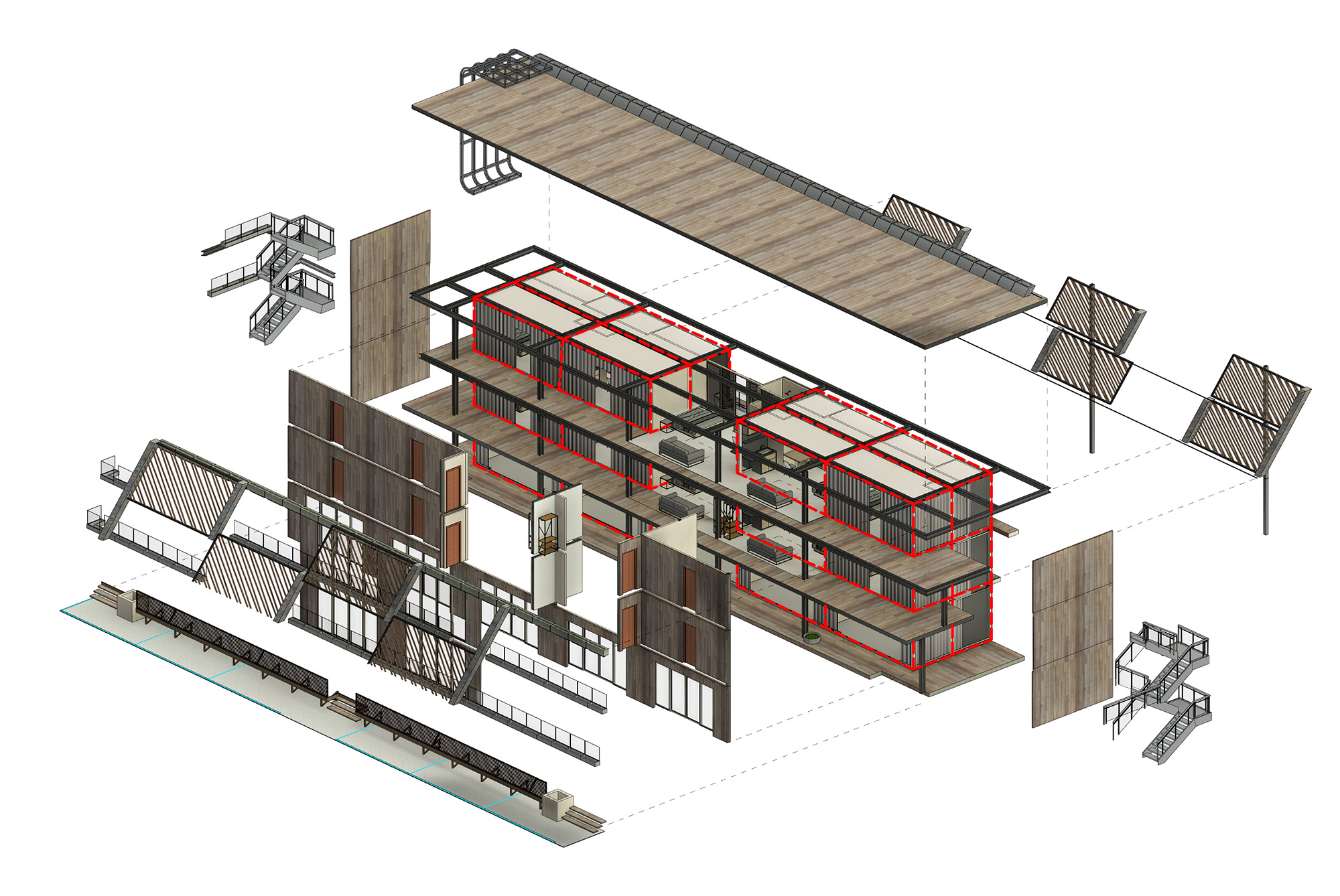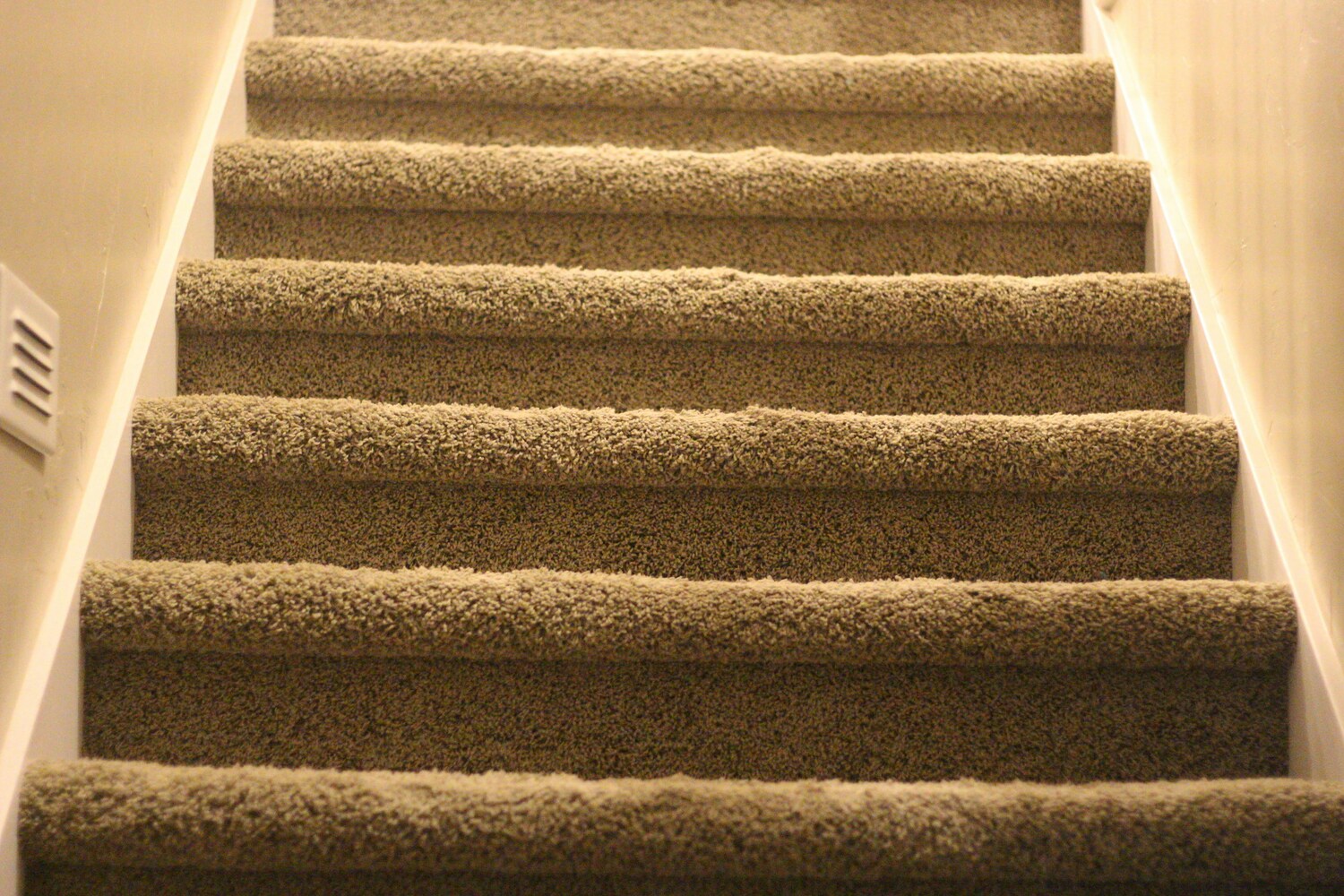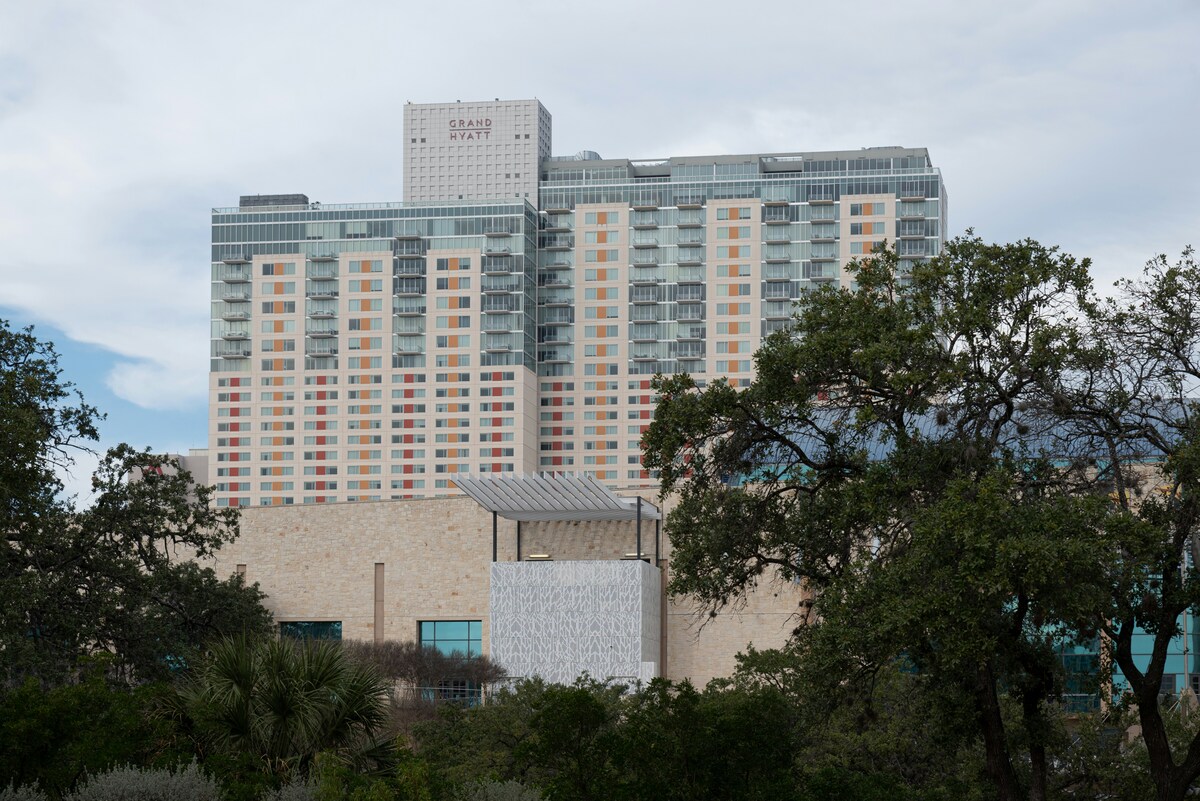- Home
- Articles
- Architectural Portfolio
- Architectral Presentation
- Inspirational Stories
- Architecture News
- Visualization
- BIM Industry
- Facade Design
- Parametric Design
- Career
- Landscape Architecture
- Construction
- Artificial Intelligence
- Sketching
- Design Softwares
- Diagrams
- Writing
- Architectural Tips
- Sustainability
- Courses
- Concept
- Technology
- History & Heritage
- Future of Architecture
- Guides & How-To
- Art & Culture
- Projects
- Interior Design
- Competitions
- Jobs
- Store
- Tools
- More
- Home
- Articles
- Architectural Portfolio
- Architectral Presentation
- Inspirational Stories
- Architecture News
- Visualization
- BIM Industry
- Facade Design
- Parametric Design
- Career
- Landscape Architecture
- Construction
- Artificial Intelligence
- Sketching
- Design Softwares
- Diagrams
- Writing
- Architectural Tips
- Sustainability
- Courses
- Concept
- Technology
- History & Heritage
- Future of Architecture
- Guides & How-To
- Art & Culture
- Projects
- Interior Design
- Competitions
- Jobs
- Store
- Tools
- More
Baroque vs. Romanesque Architecture
Do you know the characteristics of two significant architecture and art movements that influenced Europe in the Middle Ages? In this article, we will talk about the main features of Romanesque and Baroque style architecture and their comparison at the end.

Do you know the characteristics of two significant architecture and art movements that influenced Europe in the Middle Ages? In this article, we will talk about the main features of Romanesque and Baroque style architecture and their comparison at the end.
Characteristics of Romanesque Style
Romanesque architecture was popular in Europe from the mid-11th century until the beginning of Gothic architecture. It was a product of the vast growth of monasticism, a synthesis of Roman, Carolingian and Ottonian, Byzantine, and local Germanic influences. Towering round arches, enormous stone and bricks, small windows, heavy walls, and a preference for housing art and sculpture representing biblical scenes characterize Romanesque architecture. Romanesque architecture is based on features of Roman architecture. The rounded Roman arch is the literal foundation for constructions created in this style.

Massive walls, round arches, robust piers, groin vaults, enormous towers, and symmetrical layouts characterize Romanesque architecture. The period’s art was distinguished by a strong style in both painting and sculpture.

During the Middle Ages, the Romanesque style gave way to the Gothic style. This occurred for a variety of reasons. The Romanesque period was characterized by trial and error, but the Gothic period was characterized by technological achievements. Of course, religion played a role in the transition from Romanesque to Gothic.

Characteristics of Baroque Style
Baroque architecture is an architectural style that originated in late 16th-century Italy and lasted into the 18th century in several places, most notably Germany and colonial South America. Its roots can be traced back to the Counter-Reformation, when the Catholic Church used art and architecture to make an overtly emotional and sensory appeal to the devout.

Complex architectural plan shapes, generally based on the oval, as well as dynamic opposition and interpenetration of spaces, were preferred to enhance the sense of motion and sensuality. Other distinguishing characteristics are grandeur, drama and contrast, curvature, and a bewildering assortment of opulent surface treatments, twisting components, and gilded statues.

Grandeur, dynamism, movement, emotional exuberance, tension, sensuous richness, and a tendency to obliterate differences between the many arts are some of the attributes most usually associated with the Baroque. Interior walls and ceilings of Baroque structures shaped for religious purposes included images with biblical references. Because of this, the church has helped individuals who cannot read the Bible understand the Bible through the use of Baroque architecture.

Comparison Between Two Styles
If we compare these two architectural and art movements that influenced Europe in the Middle Ages, we can say that the most decisive difference is decorations and romanticism. The Romanesque architectural style is considered the beginning of the Gothic style. With a little further development, the Gothic style was formed. In this topic, let’s talk about the differences between both Gothic, Romanesque and Baroque styles.

When we look at the architecture elements of these two styles, columns, strong walls, narrow window openings, and semicircular arches are common features of Romanesque architecture. However, the pointed arch is a prominent feature of Gothic architecture. When we examine the Baroque style architecture, it has a broad facade and a wide range of rich embellishment.The Rococo movement and late era Baroque are related. Whatever the name, this marks the conclusion of a significant journey in every way. The great western art trends, which began with the classical era and continued to influence the world with styles like Romanesque and Gothic, came to an end with Baroque and Rococo.

The liberty movement that French Revolution bring, downturn of the agriculture-based economies caused by the development of industries or the fact that the world was getting more modern and rational can be counted inside of the ending reasons of these art styles. Additionally, the world was becoming more and more global in that period. The developments of technology thanks to the engineering science, were impacting the architecture field.After that, people didn’t think much that what kinds of style they should design their structures with anymore. Furthermore, with the use of materials such as iron and steel in the construction sector, function began to be important as much as decoration.
- architecture history
- Baroque Architecture
- Baroque architecture characteristics
- Baroque architecture elements
- Baroque architecture history
- Baroque churches
- Baroque vs Romanesque
- Baroque vs Romanesque art
- Baroque vs Romanesque buildings
- Characteristics of Baroque Style
- Characteristics of Romanesque Style
- Europe Architecture
- European architectural styles
- Gothic Architecture
- historical architecture styles
- medieval architecture styles
- Romanesque architectural style
- Romanesque Architecture
- Romanesque architecture elements
- Romanesque architecture examples
- Romanesque architecture history
- Romanesque cathedrals
Submit your architectural projects
Follow these steps for submission your project. Submission FormLatest Posts
Tips for Using Runners to Transform Hallways and Spaces
Hallways work hard. They handle daily foot traffic, muddy shoes, and the...
Essential Architecture Tools in 2026: Software, AI, and Physical Equipment
Architecture in 2026 demands more than design talent alone. From BIM and...
Light of Tomorrow by VELUX 2026
This competition encourages architects to design visionary spaces where natural light drives...
Top 10 Online Platforms to Find Apartments for Rent in San Antonio
San Antonio, Texas, with its vibrant culture, historical landmarks, and strong job...











Leave a comment